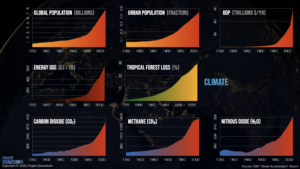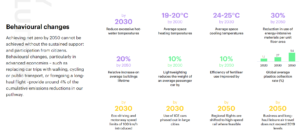It’s been a long time since there’s been a blog post here. I just didn’t have anything more to say – the existing posts all still seem so true and relevant – and I haven’t heard of or attended any recent climate coaching events. Of course, the internet doesn’t like that. Every blog advisor says you must post regularly and often to get visits. I can only hope that this leads people to realize why there is so much garbage on the internet. The idea that “more is more” is obviously terrible. Like everything else, the internet is replicating our broken system.
But it is September, and I remember how in a past post we discussed how school reminds us of the human capacity for growth and learning and improvement, and I appreciate some encouraging comments I’ve received. So here I am. With two promises for future learning, based on two US developments that I think seem promising (amidst general doom and gloom, alas):
- In March, the US Securities and Exchange Commission came out with some very promising proposed rules on climate disclosure for public companies, which are having big impacts even though they are not effective or in final form. They are relevant to this blog because they would require US public companies to provide pretty extensive information about how they are thinking about climate change and what their greenhouse gas emissions are. This would allow those of us who care about such things to make much better informed choices. I imagine a whole ecosystem of new businesses could arise finding ways to use that information to help consumers. Could be great! I promise to post more on this if and when the final rule is effective.
- And on August 16, the Inflation Reduction Act went into effect, that did a whole lot of stuff, including providing tax incentives for people to make energy improvements to their homes – many of the things that we recommend on this site and through climate coaching events. I don’t know that much about the law, yet, but I intend to learn more and will share as I do. If you have any experience with the Act – including experience of claiming its credits for your own home improvement projects – please let me know!
So that’s that. And now the juices are flowing, so maybe I’ll have more to say again soon. As always, please let me know if you host a community climate coaching event or use our information to spread this useful information to your friends and acquaintances!

